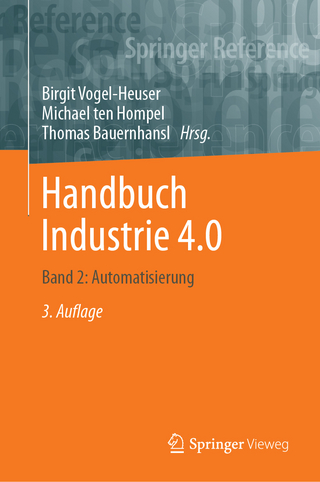
The Verilog PLI Handbook
Springer-Verlag New York Inc.
978-1-4757-8371-1 (ISBN)
The VPI Portion of the Verilog PLI Standard.- Creating PLI Applications Using VPI Routines.- Interfacing VPI Applications to Verilog Simulators.- How to Use the VPI Routines.- Details about the VPI Routine Library.- Reading and Modifying Values Using VPI Routines.- Synchronizing to Simulations Using VPI Callbacks.- The TF/ACC Portion of the Verilog PLI Standard.- Creating PLI Applications Using TF and ACC Routines.- Interfacing TF/ACC Applications to Verilog Simulators.- How to Use the TF Routines.- Reading and Writing Values Using TF Routines.- Synchronizing to Simulations Using Misctf Routines.- Interfacing to C Models Using TF Routines.- How to Use the ACC Routines.- Details on the ACC Routine Library.- Reading and Modifying Values Using ACC Routines.- Using the Value Change Link (VCL).- Interfacing to C Models Using ACC Routines.- Interfacing to C Models Using VPI Routines.
| Erscheint lt. Verlag | 18.4.2013 |
|---|---|
| Reihe/Serie | The Springer International Series in Engineering and Computer Science ; 666 |
| Zusatzinfo | XXIV, 784 p. |
| Verlagsort | New York, NY |
| Sprache | englisch |
| Maße | 155 x 235 mm |
| Themenwelt | Mathematik / Informatik ► Informatik ► Theorie / Studium |
| Informatik ► Weitere Themen ► CAD-Programme | |
| Informatik ► Weitere Themen ► Hardware | |
| Technik ► Elektrotechnik / Energietechnik | |
| ISBN-10 | 1-4757-8371-X / 147578371X |
| ISBN-13 | 978-1-4757-8371-1 / 9781475783711 |
| Zustand | Neuware |
| Informationen gemäß Produktsicherheitsverordnung (GPSR) | |
| Haben Sie eine Frage zum Produkt? |
aus dem Bereich


